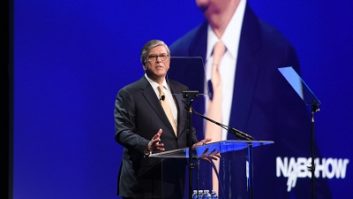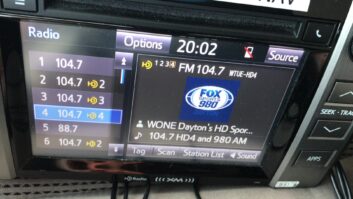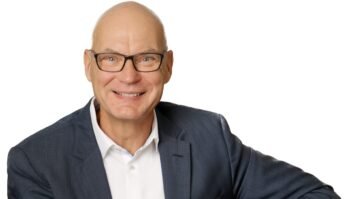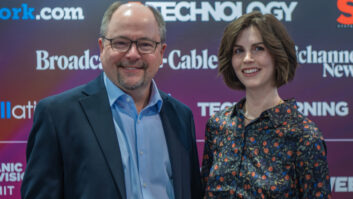Often, the best way to prepare for the future is to learn from the past. And now, on the brink of IBOC DAB, perhaps one of the most relevant lessons for our industry comes from another industry’s sea change nearly a century ago.
When Henry Ford founded the Ford Motor Company in 1903, there were already more than 80 car companies in the United States. Each and every one of them could build a car, and each and every one of them had a desire to succeed. Yet today only Ford remains a household name.
Why? What enabled Ford to succeed when others – all with the same technology and desire – could not?
Big picture
With the 20-20 hindsight of history, the answer seems obvious: Ford took a long-term view while his competitors did not. They saw cars as they initially were: toys for the wealthy who, after all, were the only ones who could afford them.
Ford, on the other hand, grasped the Big Picture and envisioned cars for what they could be: the catalyst for a mobile society and an essential commodity for the masses that would transform our world.
In the end, Ford’s Big Picture vision not only guided how he approached his business, but it also ensured a long and healthy future for that business.
Today the radio broadcast industry is in a similar position. Within the next few months, IBOC DAB implementation will begin – the biggest change to radio since its inception. And our ability to adopt a common Big Picture vision could prove to make all of the difference in the world.
So where do we begin?
For starters, we need to share an understanding that IBOC is the enabling technology that could make radio a dominant force in the fast-growing wireless information industry – if we let it.
From the perspective of others who are trying to get a foothold in this high-potential market, radio is already in a unique and enviable position. Radio already has a solid infrastructure in place and a strong market presence upon which to build. The required technology already exists and the price of entry should be affordable for typical stations – especially when amortized over 10 or more years. And I believe the final regulatory and technical issues will be resolved within the next few months.
In short, there should be nothing to keep radio from succeeding in this highly lucrative market, as long as we in the industry are willing to grasp the Big Picture and envision IBOC for what it could be – a catalyst for radio’s full participation in the digital communications era.
Informing consumers
Adopting a shared vision is only the first step. The second is aggressively to communicate the benefits to audiences nationwide.
We need to help listeners understand that IBOC will give them much more than improved sound. We need to build excitement that IBOC will deliver far more useful, more personal and more timely information than ever before.
IBOC will enable traffic updates when listeners need them and baseball scores for favorite teams after each inning – services that will also create exciting new opportunities for targeted advertising. And this is only the tip of the iceberg. (And no, listeners won’t have to “read” the radio while barreling down the interstate at 65 miles per hour, because voice synthesis makes this unnecessary.)
We also need to let listeners know that we’re not talking about science fiction: the technology is already available and proven.
But we need to get the message out now.
During and since NAB, Harris has talked with many broadcasters, and it’s become clear that a growing cross-section already has this Big Picture vision. This group is now looking for the most practical and cost-effective way to implement the technology.
Now it’s time for all of us to embrace a Big Picture vision, because if we don’t, we may miss our biggest opportunity since radio began: the opportunity to be a leader in the digital wireless information age.
RW welcomes other points of view.










